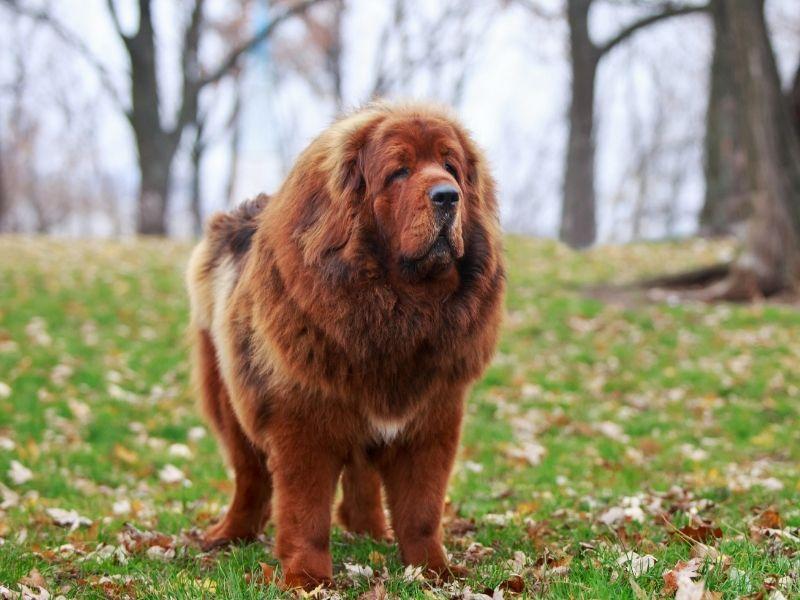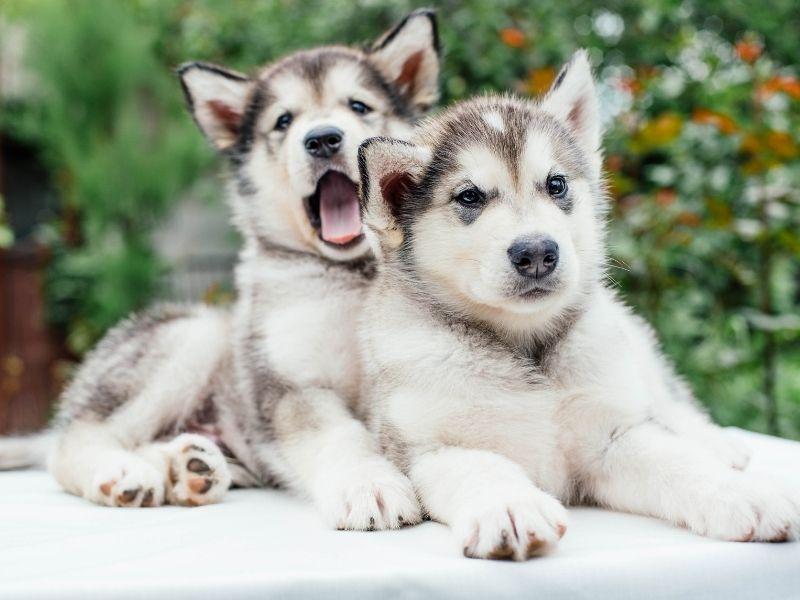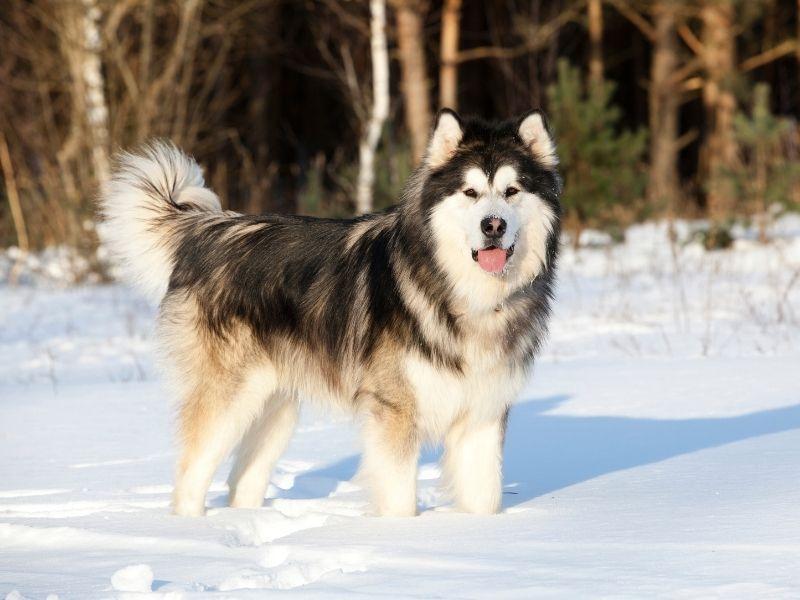Dogs are not just pets but also working animals. Their abilities have been harnessed by humans for millennia, from hunting to herding to pulling loads. And while all dogs are descended from wolves, there are a number of dog breeds that look more like their wild ancestors than others. Some people prefer small, cuddly dogs while others want a big, strong dog, that can provide protection. The choice of which is the best breed of dog for you is a personal one. But if you’re looking for a dog that looks like a wolf, here are some of the most popular choices.
Is There Any Dog as Big as A Wolf?
Yes, there are dog breeds that are as big as wolves. The biggest wolf-like dog is the Tibetan Mastiff. Here are some of the things you need to know about this massive canine.
The Tibetan Mastiff is one of the biggest dog breeds in the world. They can weigh up to 160 pounds and stand as tall as 32 inches at the shoulder. Despite their size, they are considered to be gentle and even-tempered creatures.
Tibetan Mastiffs are believed to be an ancient breed, dating back over 2,000 years. They were originally used as watchdogs and guards for Tibetan villages and monasteries.
While they are big enough to fend off most predators, they are not typically aggressive towards people. In fact, they are known to be very loyal and protective of their families.
Their thick fur coats make them well-suited for cold weather climates, but they can also do well in warm weather if they have access to shade and water.
Tibetan Mastiffs are not a common breed, and they can be difficult to find. They are also one of the most expensive dog breeds. If you are looking for a giant dog that is loyal and protective, the Tibetan Mastiff may be the right breed for you. Just be prepared to pay a high price for one of these rare dogs.

What Breed of Dog Is Closest to Wolves?
There are several dog breeds that are similar to wolves in appearance, but the closest wolf-like breed is the Alaskan Malamute.
The Alaskan Malamute is a large breed of dog that can weigh up to 100 pounds. They are considered to be one of the oldest domesticated dog breeds, dating back over 4,000 years.
Alaskan Malamutes were originally bred by the Inuit people of Alaska. They were used as working dogs, pulling sleds and carrying supplies.
Today, they are still used as working dogs in some parts of the world. But they also make great companion animals. Alaskan Malamutes are known for being very loyal and affectionate with their families.
While they may look like wolves, Alaskan Malamutes are actually very different from their wild cousins. They are not aggressive or predatory animals.
With a dense double coat, Alaskan Malamutes can tolerate cold climates well, but do best in warmer climates where they can get plenty of exercises.
If you are looking for a dog breed that is close to wolves in appearance, the Alaskan Malamute may be the right choice for you. Just be aware that they require a lot of exercises and the amount of coat shedding means be prepared to take the time for grooming regularly.

Can You Train a Wolf-Like Dog?
Yes, any dog breed can be trained. However, some breeds are easier to train than others. Here are some tips on training a wolf-like dog.
i. Be Patient
Remember that your dog is not a wolf. They may have some wolf-like characteristics, but they are still domesticated animals. Be patient when training them and don’t expect them to learn as quickly as some more docile breeds would.
ii. Use Positive Reinforcement
Positive reinforcement is one of the most effective ways to train any animal. Reward your dog for good behavior, and they will be more likely to repeat that behavior.
iii. Be Consistent
When training your dog, it is important to be consistent. If you are inconsistent with your commands or expectations, they will become confused and less likely to obey you.
iv. Start Early
It is always best to start training your dog as early as possible. Puppies are easier to train than older dogs, so if you can, start training them when they are young.
v. Hire a Professional
If you are having trouble training your wolf-like dog, you may want to consider hiring a professional trainer. A professional trainer can help you to better understand your dog and how to train them effectively.
See Also: Which Large Dog Breed Lives the Longest?
And: How Do I Work Out the Costs of a Dog?
Can A Wolf-Like Dog Be a Good Pet?
A wolf-like dog can be a good pet if they are properly trained and socialized. Here are some things to keep in mind if you are considering getting a wolf-like dog.
i. They Need Lots of Exercises
A wolf-like dog will need a lot of exercise. They are very active animals and need to be given the opportunity to burn off that energy. If you don’t have the time or ability to give them the exercise they need, a wolf-like dog may not be the right pet for you.
ii. They Need Lots of Socialization
Socialization is important for all dogs, but it is especially important for wolf-like breeds. These dogs need to be exposed to different people, places, and situations from a young age. Otherwise, they may become fearful or aggressive.
iii. They May Not Be Suited for Every Home
Wolf-like dogs are not suited for every home. They need an owner who is willing and able to provide them with the exercise and socialization they need. They also need an owner who is patient and consistent with training.
iv. They May Not Be Suited for Every Family
Wolf-like dogs may not be suited for every family. Families with small children or other pets may want to reconsider getting a wolf-like dog. These dogs need to be the center of attention and may become jealous or territorial if they feel like they are being ignored.
Wolf-like dogs are not for everyone. They require a lot of exercise and socialization, and may not be suited for every home or family. However, if you can provide them with what they need, they can make great pets. Be sure to do your research before getting one of these dogs and consult with a professional trainer if you have any questions or concerns.
Featured image: An Alaskan Malamute in the Snow

